The agricultural industry plays an important role in the global economy. It is responsible for producing food, fuel, fiber, and other materials essential to our way of life. In this article, we will explain the top 20 agricultural-producing countries in the world. These countries are responsible for most of the world’s food production and play a critical role in feeding the global population. We will also discuss some challenges they face and how they work to overcome them.
Top 20 agricultural producing countries in the world
China
- China is the world’s largest rice, wheat, and potato producer. They are also the second-largest producer of corn.
- China has over one billion acres of arable land, about one-fifth of the world’s total.
- The country’s agricultural output has steadily increased due to improved technology and increased investment.
- China is now the world’s leading exporter of agricultural products, such as rice, wheat, and soybeans.
- The Chinese government is working to increase agricultural production in the country further to meet its growing population’s needs.
In case you missed it: How to Start Rice Farming in Cambodia: Business Plan, Rice Varieties, Cultivation Practices, and Yield
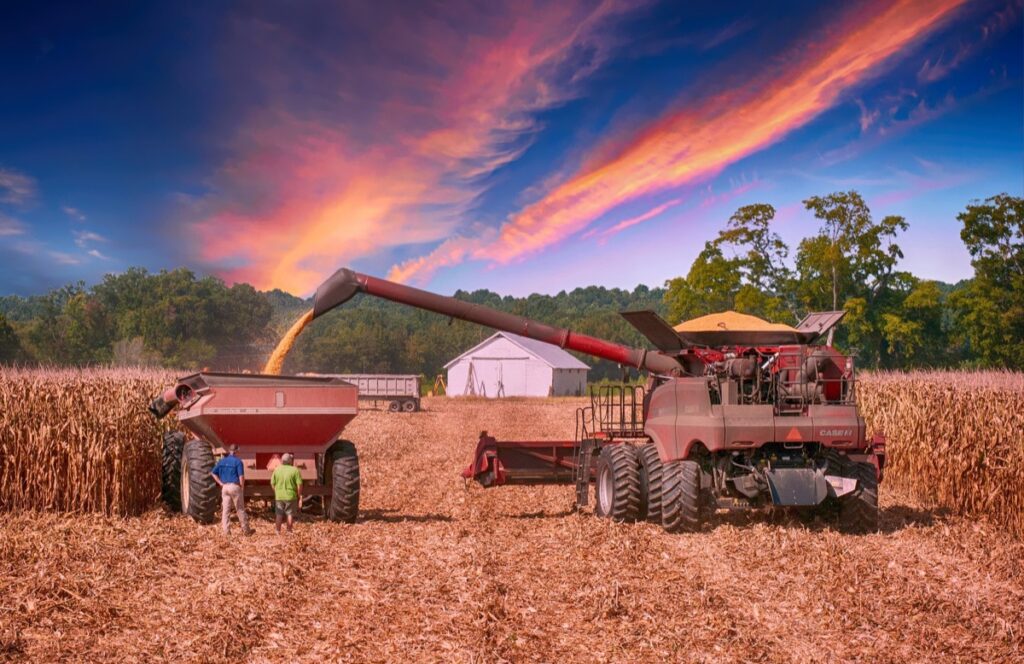
India
India is the world’s second-largest agriculture producer, behind only China. India produces various crops, including rice, wheat, maize (corn), millet, pulses, and sugarcane. India is also the world’s largest producer of spices, such as chili pepper, ginger, and turmeric. In recent years, India has become a leading exporter of agricultural products, particularly rice and cotton.
United States
The United States is the world’s top agricultural producer, producing more than $137.7 billion of food in 2016. The country has the most productive farmland in the world and is a leading producer of many crops, including corn, soybeans, wheat, fruits, and vegetables. The United States also ranks among the top livestock, poultry, and dairy producers.
Most of the country’s farmland is in the Midwest, where the climate is ideal for growing crops. The region is also home to many large animal feedlots and dairy farms. California is another major agricultural state, producing a significant share of the country’s fruits, vegetables, and nuts. The USA has a long history of agriculture. Today, the country exports billions of dollars worth of agricultural products each year and plays a vital role in feeding people worldwide.
Brazil
Brazil is the world’s largest coffee, soybeans, beef, and sugar exporter. It is also the second-largest producer of corn. Brazil’s agricultural sector employs a large percentage of its workforce and accounts for a significant portion of its GDP. In addition, the country’s warm climate and fertile soils are ideal for growing various crops.
In case you missed it: Key Rules for Kitchen Gardening: How to Start from Scratch, Plan, the Principles, Ideas, and Tips
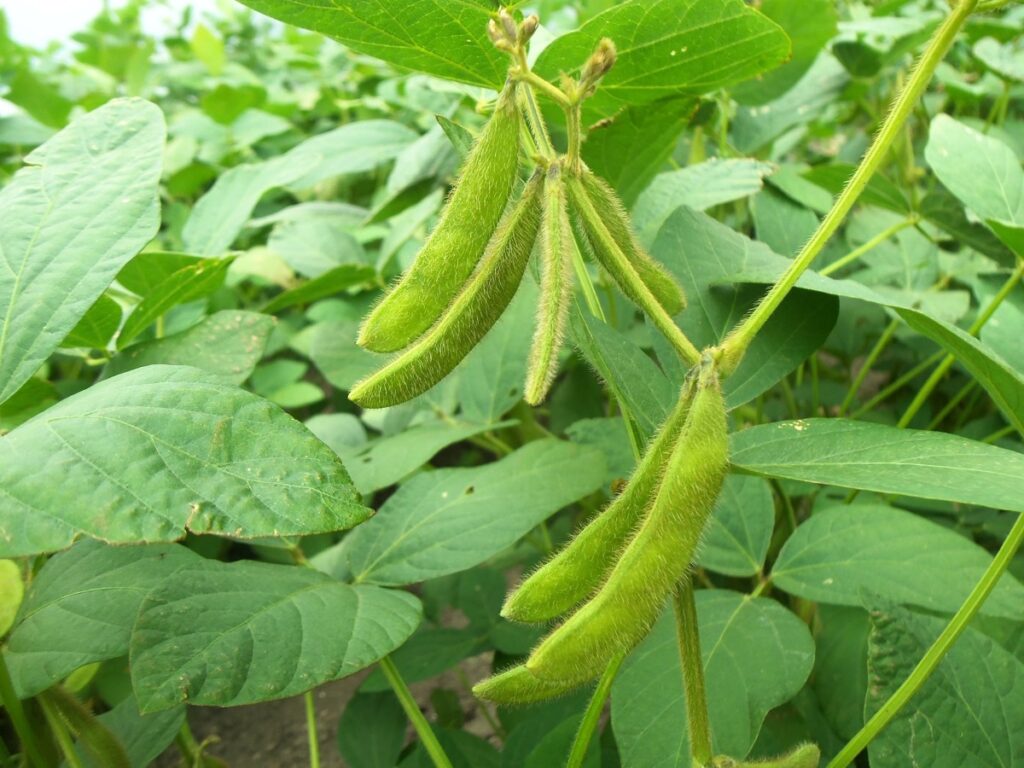
In recent years, Brazil has invested heavily in its agricultural infrastructure, including irrigation systems, storage facilities, and transportation networks. These investments have allowed Brazil to export its surplus production to other countries. As a result, Brazil is currently the top supplier of agricultural products to China.
Russia
Russia is the world’s ninth-largest country and produces various agricultural products. The country is a leading producer of wheat, barley, rye, oats, and buckwheat. It is also a major producer of sunflower seeds, soybeans, flaxseed, vegetables (potatoes and cabbage), fruits (especially apples), meat (beef and pork), and dairy products. In addition, Russia exports large quantities of grain, oilseeds, meat, sugar, butter, and other agricultural products.
In case you missed it: Key Rules to Start a Butterfly Garden from Scratch: Butterfly Gardening Layout, Design for Home, and Backyard
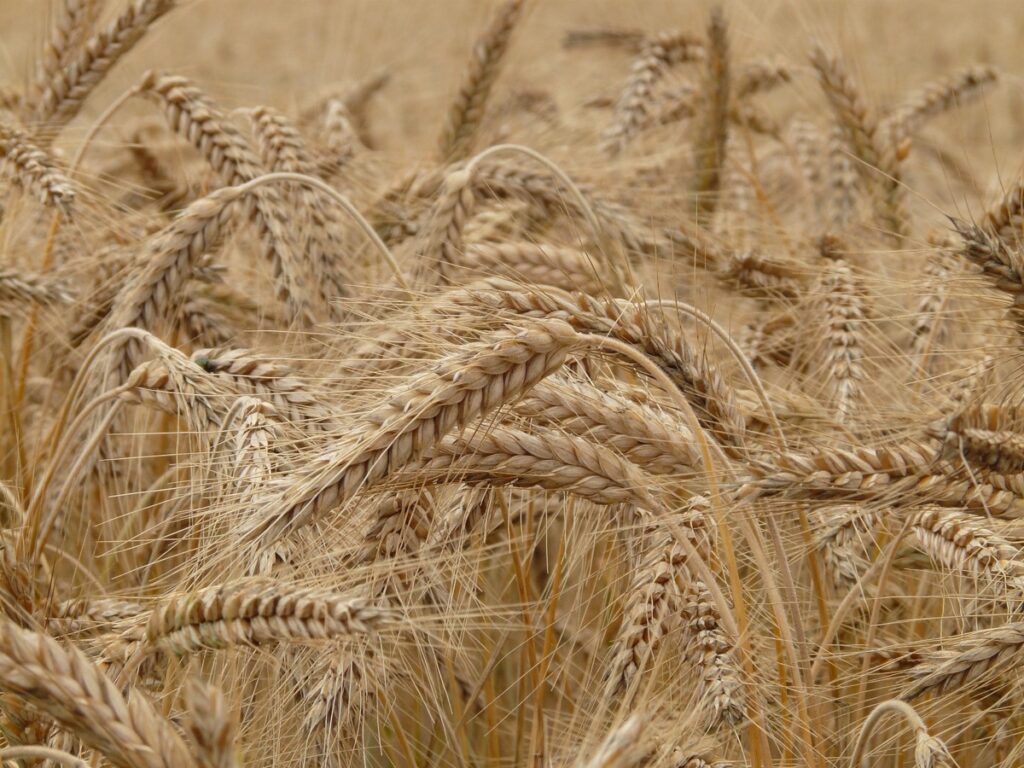
In 2020, Russia produced 85.5 million metric tons (MMT) of wheat on 25.8 million hectares (Mha) with an average yield of 3.31 metric tons per hectare (t/ha). Most Russian wheat production occurs in the Southern Federal District, where the climate is more favorable for wheat cultivation. The main wheat-producing regions in Russia are the Volga region, North Caucasus region, Central Black Earth region, and southwest Siberia.
The Russian Federation is also one of the top ten barley producers in the world, with production totaling 21.3 MMT in 2020 from 4.4 Mha with an average yield of 4.81 t/ha. Most of the barley produced in Russia is used for animal feed, but some are also used for brewing and distilling operations. The main barley-producing regions in Russia are the Central Black Earth region and the Volga region.
Mexico
Mexico is the world’s ninth-largest country in terms of landmass. Mexico is home to various landscapes, including deserts, rainforests, and mountains. This diversity means that Mexico can produce a wide range of crops. The Mexican agricultural industry employs over 4 million people, making it one of the country’s largest. The vast majority of Mexican farmers are small-scale farmers with less than 5 hectares of land.
The Mexican government offers several programs and subsidies to support these small-scale farmers. Mexico is a leading producer of several crops, including maize (corn), wheat, tomatoes, coffee, avocados, oranges, limes, and strawberries. Mexico is also the world’s leading producer of vanilla and tequila.
Indonesia
Indonesia is one of the top agricultural-producing countries in the world. The country has a large area of arable land and a tropical climate, both ideal for agriculture. As a result, Indonesia produces a variety of crops, including rice, corn, potatoes, soybeans, and peanuts. The country is also a major coffee, cocoa, and spices producer.
Turkey
Turkey is one of the top agricultural producers in the world, ranking 4th overall. The country has a diverse climate and geography, which allows for a wide variety of crops to be grown. Turkey is a major producer of wheat, barley, rice, tobacco, sugar beets, and hazelnuts. The country also has a large livestock sector, with sheep and goats being the most common animals raised. Turkey’s agricultural industry employs millions of people and significantly to the country’s economy.
In case you missed it: Fish Hatchery Business Plan: How to Start, Cost, Profits, and a Great Way to Make Money
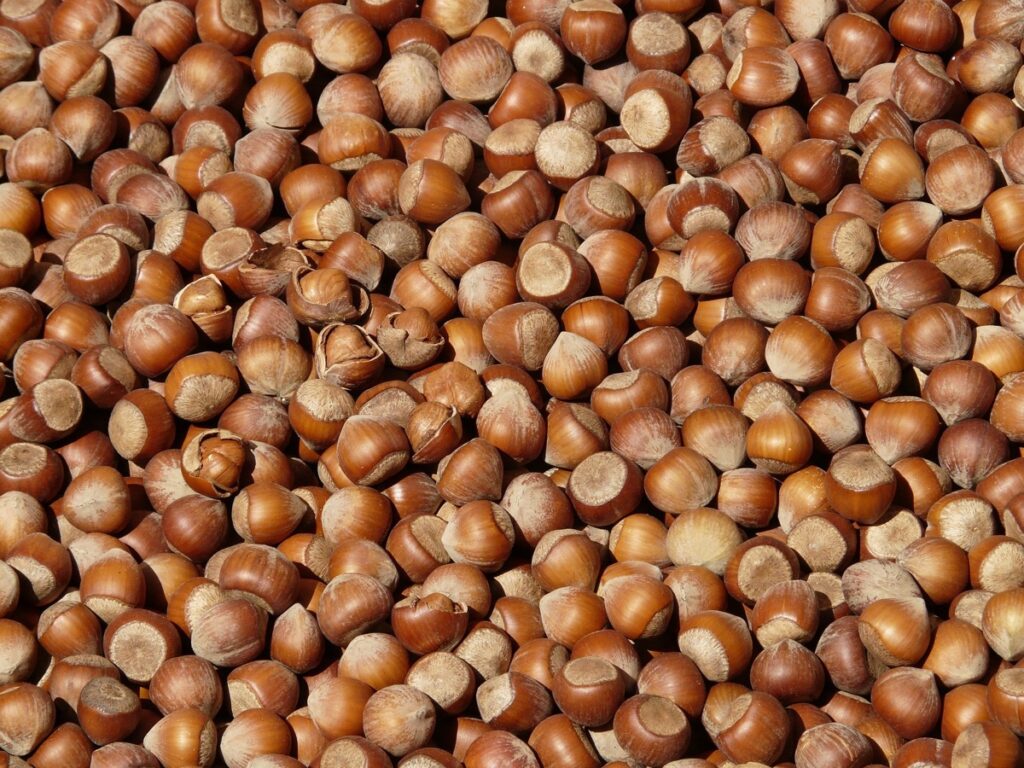
Iran
Iran, also known as Persia, is a Middle Eastern country in southwestern Asia. It borders Iraq, Turkey, Armenia, Azerbaijan, Turkmenistan, Afghanistan, and Pakistan. Iran covers an area of about 1,648,195 square kilometers and has a population of over 82 million people. The capital and largest city are Tehran. Iran has a continental climate with hot summers and cold winters. The terrain is mostly mountainous, with several desert areas, at its eastern and southern fringe.
The country has many rivers and lakes, but most are unsuitable for irrigation due to water pollution or lack of water resources. Iran is rich in mineral resources, including oil and gas reserves, but international sanctions have hindered the exploitation of these resources in recent years.
The agricultural sector in Iran accounts for about 10% of the GDP and employs around 15% of the workforce. The main crops grown in Iran include wheat, rice, barley, vegetables, fruit, nuts, tobacco, cotton, and sugar beets; livestock includes sheep, cattle, poultry, and fish. However, drought has recently hit Iranian agriculture, reducing crop yields and livestock numbers.
Ethiopia
Ethiopia is one of the top agricultural-producing countries in the world. The country has a large amount of farmland and a climate conducive to agriculture. Ethiopia produces a variety of crops, including coffee, grains, vegetables, and fruits. The country exports many agricultural products, making it an important player in the global food market.
Myanmar (Burma)
Myanmar has a population of over 53 million people. The economy of Myanmar is based on agriculture, which accounts for approximately 60% of the country’s GDP. The top agricultural products produced in Myanmar include rice, sugarcane, tobacco, maize, sesame seeds, peanuts, and pulses. Myanmar is one of the world’s leading rice producers, with an annual production of over 10 million metric tons. Rice is the staple food in Myanmar, grown in nearly all parts of the country.
The government has recently invested heavily in developing the country’s rice sector, including initiatives to improve irrigation and infrastructure. As a result, Myanmar’s rice production has been on the rise in recent years. In addition to rice, Myanmar produces large quantities of sugarcane and tobacco. Sugar cane is grown primarily in the Ayeyarwady Region, while tobacco is cultivated in the dry zone regions of Mandalay and Sagaing. Both crops are important export commodities for Myanmar.
In case you missed it: How to Start an Organic Vegetable Farming in Telangana: Business Plan, Crops, and Subsidy
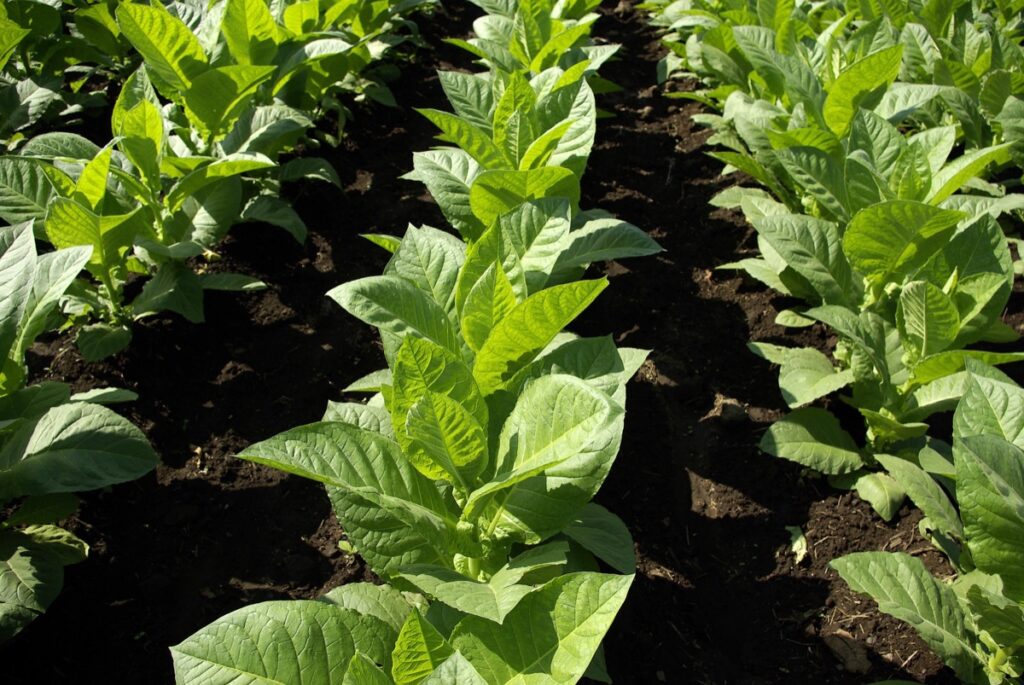
Maize is another key agricultural product of Myanmar, with an annual production of over 2 million metric tons. Maize is grown throughout the country but predominantly in dry zone regions with limited irrigation facilities. Sesame seeds are also produced in large quantities in Myanmar, mainly grown in the Ayeyarwady Region and Shan State.
France
France is one of the top agricultural producers in the world, with a value of production of over $100 billion in 2016. The country is home to many farms, totaling nearly 2 million in 2015. Most of these farms are family-owned, with an average size of just under 19 hectares. France produces various crops, including wheat, corn, sugar beets, and potatoes.
Animal husbandry is also important to the French agricultural industry, with the country being one of the largest producers of dairy products and beef in Europe. French farmers have access to some of the latest technologies and techniques, allowing them to produce high-quality products that are competitive in international markets.
Sudan
Sudan is one of the top agricultural-producing countries in the world. The country has a large area of arable land and a favorable climate for agriculture. The main crops grown in Sudan include sorghum, millet, wheat, cotton, maize, peanuts, sesame seeds, and beans. Sudan is also a major livestock producer, with cattle, sheep, and goats being the most important. The country’s agricultural sector employs millions of people.
Ukraine
Ukraine is one of the top agricultural producers in the world. The country has a rich history of agriculture; today, it is one of the leading exporters of agricultural products. Ukraine is a large producer of grains, vegetables, fruits, and meat. In addition, the country’s climate and soil are well-suited for agriculture.
Ukraine is the world’s second-largest exporter of wheat. In addition, the country produces a variety of other grains, including corn, barley, and rye. Ukraine is also a major producer of vegetables, such as potatoes, tomatoes, cabbage, and carrots. The country’s fruit production includes apples, grapes, melons, and berries. In addition, Ukraine raises pigs, chickens, cattle, and sheep for meat.
Pakistan
Pakistan is one of the top agricultural producers in the world. Pakistan has a large amount of arable land and a warm climate, which are ideal for growing crops. Pakistan is a major wheat, rice, cotton, and sugarcane producer. The country also produces a variety of fruits and vegetables. In recent years, Pakistan has significantly improved its agricultural productivity.
The government has invested in irrigation infrastructure and provided subsidies for farmers to purchase inputs such as seeds and fertilizer. These initiatives have helped increase crop yields and incomes for farmers. Pakistan’s Agricultural Research Council is also working to develop new crop varieties more resistant to several pests and diseases. With continued investment and research, Pakistan is well-positioned to maintain its position as a leading agricultural producer in the years to come.
Morocco
The population of Morocco is over 33 million, and the country’s area is 446,550 square kilometers. The climate in Morocco is mostly arid and semi-arid, with rainfall occurring mainly in the winter months. The economy of Morocco is largely dependent on agriculture, with around 14% of the GDP coming from the agricultural sector. The main crops grown in Morocco are cereals, fruits, vegetables, olives, and almonds.
Tourism is also an important sector of the economy, with over 10 million tourists visiting Morocco annually. The government of Morocco has worked to improve the agricultural sector through initiatives such as the Green Morocco Plan. This plan aims to increase agricultural production and make the sector more sustainable. One way this is being done is by increasing irrigation capacity, which will help farmers grow crops in previously too-dry areas.
Japan
Japan is one of the top agricultural producers, with a production value of $63.8 billion in 2016. The country has a long tradition of agriculture, and its farmers produce a wide variety of crops, including rice, wheat, soybeans, potatoes, and vegetables. Japan is also a major livestock producer, including cattle, pigs, and chickens.
Several factors have challenged Japanese agriculture in recent years, including declining farmland and an aging farmer population. However, the sector has received support from the government through initiatives such as the Basic Plan for Food Security. As a result, Japanese agriculture remains strong and is expected to continue to play a main role in the country’s economy.
Kenya
Kenya is one of the top agricultural-producing countries in the world. The country has a rich history of agriculture, dating back to the times of early human settlement. Agriculture is a vital sector of Kenya’s economy, contributing to about 24% of the GDP and employing more than 75% of the workforce. The main crops grown in Kenya include maize, wheat, rice, sorghum, millet, pulses, oilseeds, coffee, tea, cotton, pyrethrum, sisal, cashew nuts, and sugarcane. Fruit and vegetables are also grown in Kenya.
The Kenyan government is committed to supporting the agricultural sector and has implemented various policies and initiatives to promote growth. These include increasing access to finance for farmers, improving infrastructure and Extension services, and developing value chains. The government is also expanding irrigation coverage from 8% to 15% by 2022. With continued support from the government and other stakeholders, Kenya is expected to maintain its position as a leading agricultural producer in Africa.
In case you missed it: High Yield Hybrid Paddy/Rice Varieties in India: For Rabi and Kharif Seasons
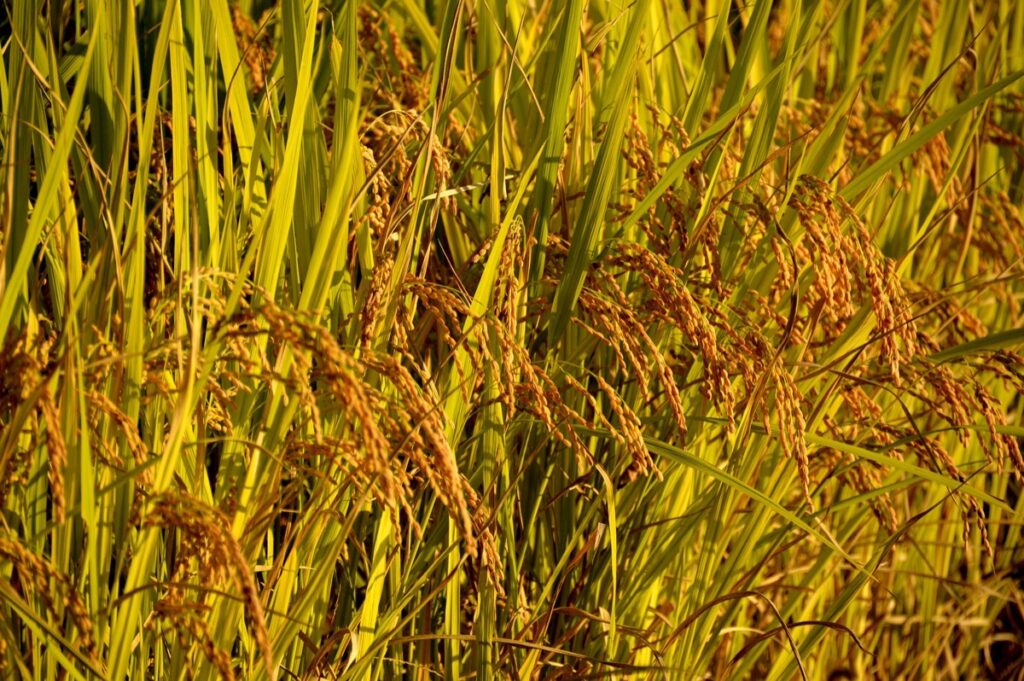
Spain
This is one of the top agricultural producers in the world. The country has a long history of agriculture and is the key sector of the Spanish economy. In recent years, Spain has been a leading producer of several crops, including wheat, barley, oats, rice, maize, sorghum, and sunflower seeds. Spain is a large producer of fruits and vegetables as well. The country is one of the world’s leading producers of tomatoes, peppers, cucumbers, garlic, onions, and potatoes. Spain is also a major producer of citrus fruits, such as oranges and lemons.
In addition to these traditional crops, Spain has also developed an important wine industry. Spain’s warm climate and diverse soil types make it an ideal location for agriculture. The country has over 30 million acres (12 million hectares) of farmland. Much of this land is devoted to pastureland for livestock. However, there are also significant areas of arable land. Irrigation systems are used extensively in Spanish agriculture to water crops during dry periods.
The Netherlands
The Netherlands is one of the top agricultural-producing countries in the world. The country has a long history of agriculture, and today it is one of the world’s leading exporters of agricultural products. The Netherlands is home to many farms, and its mild climate and fertile soil make it ideal for agriculture. The Dutch economy heavily depends on agriculture, and the country is a major producer of food crops such as wheat, potatoes, and sugar beet.
The Netherlands also produces significant livestock, including pigs, poultry, and dairy cows. Agriculture accounts for a large share of the Dutch economy, employing many people. The Dutch government provides significant support to the agricultural sector, and Dutch farmers are some of the most efficient in the world. The government provides subsidies for farm businesses and invests heavily in research and development to help improve agricultural productivity.
The Netherlands has a well-developed infrastructure for the transportation and distribution of agricultural products. The Netherlands’ position as one of the top agricultural producers is due to its highly efficient farming sector and supportive government policies. The country’s temperate climate and fertile soils provide ideal conditions for agriculture, while its well-developed infrastructure ensures that Dutch farmers can get their products to market quickly and efficiently.
- Profitable Village Farming Business Ideas in 2024
- High-Yield Aquaculture: Fast-Growing Fish for Farming
- Effective Fish Pond Construction Techniques for Beginners
- Irrigation and Water Management in Pineapple Farming
- Blossom to Harvest: Mastering Flowering and Pollination in Papaya Farming
- Pig Fattening Essentials: From Selection to Sale for Beginners
- Raising Wagyu Cattle: A Complete Guide for Premium Beef Production
- Soil Types and Their Water Holding Capacity
- Optimizing Irrigation Schedules for Coconut Groves for Enhanced Yield
- Espresso Your Garden: Coffee Grounds for Healthier Acid-Loving Plants
- The Best Soil Mix for Snake Plants: How to Mix Your Own Snake Plant Soil
- Green Thumb Success: Expert Tips for Cultivating Greenhouse Beans All Year Round
- Bloom All Year Round: The Ultimate Guide to Indoor Hyacinth Care
- Eco-Friendly Gardening: How to Make Liquid Fertilizer from Kitchen Waste
- Ultimate Guide to Grow Anise in Pots: Explore Seed Propagation to Harvesting
- Guide to Raising Chester White Pigs: Discover Breed Facts to Growth Management
- Mastering the Elegance: The Ultimate Guide to Weeping Cherry Tree Care, Planting, and Maintenance
- Ultimate Guide to Planting Garlic in Grow Bags: Growing Strategies for Beginners
- How to Fix Spider Plant Leaf-Related Problems: Natural and Organic Remedies
- 10 Reasons Why Your Tulsi Plant is Shedding Leaves: Home Remedies and Solutions
- Optimizing Growth and Yield: The Advantages of Palm Bunch Ash Fertilizer
- Utilizing Neem Oil Extract as a Natural Pesticide for Hydrangea
- From Soil to Harvest: Various Ways in Which Farmers Can Use AI Tools
- Steps to Encourage and Induce Citrus Flowers: A Comprehensive Guide
- How to Fix Snake Plant Leaf-Related Issues: Natural and Organic Remedies
- Transform Your Garden into a Fragrant Oasis with Raat Ki Rani (Night Blooming Jasmine)
- Discover the Ideal Chicken Breeds for Philippine Farms
- How to Create a Poultry Egg Farm Business Plan for Profits
- Grow Lemon Cucumbers Like a Pro: Insider Techniques for Bountiful Yields
- Ultimate Guide to Caring for Your Pink Princess Philodendron: Tips for Thriving Variegation
- Areca Nut Profit Per Acre: Calculating Yield and Cost of Cultivation
- How Kaveri Chicken is Becoming a More Profitable Breed in Indian Backyards
- Transform Your Barn: 9 Steps to Convert a Horse Stall into a Chicken Coop
- Exploring Suffolk Sheep Disadvantages with Limitations and Challenges
- Guide to Solving Potted Lemon Tree Problems: How to Revive Lemon Tree in Containers
- Steps to Encourage Female Pumpkin Flowers: Best Strategies for More Flowers and High Yields

Let me know more about upcoming updates